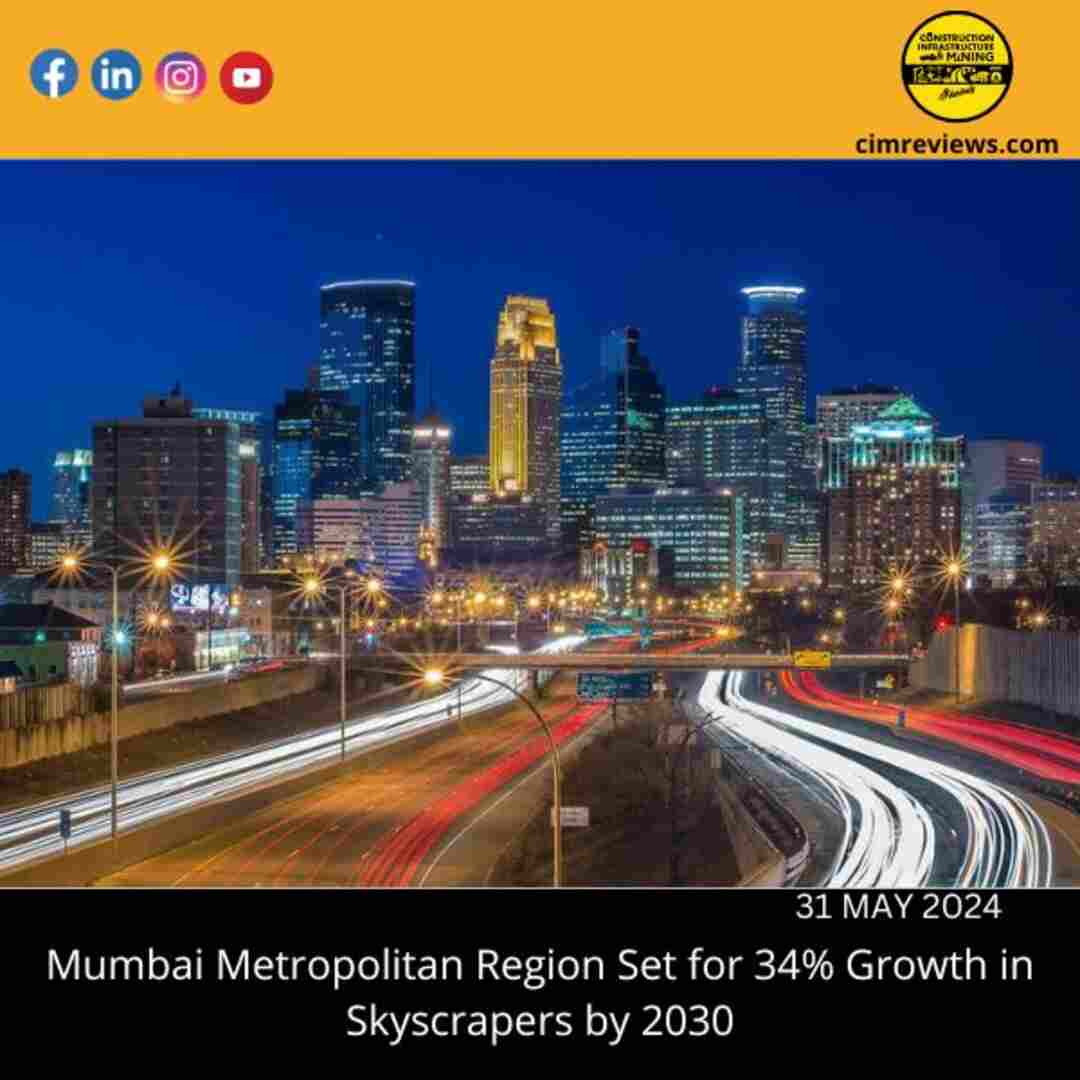Over the next six years, there will likely be a notable increase in the number of towers in the Mumbai Metropolitan Region (MMR). The number of buildings with more than 40 stories will rise by 34% in MMR between 2024 and 2030, according to the most recent data from ANAROCK.
Although there has been a recent reversal of trend in other cities, particularly after COVID-19, MMR’s preference for towers is unabated. There are now 361 high-rise skyscrapers in the area, each with more than 40 stories. Of them, more than 207 are expected to be finished between 2024 and 2030, and 154 have already been finished.
Skyscrapers are synonymous with Mumbai’s real estate environment and are progressively defining it, according to Anuj Puri, Chairman of ANAROCK Group. Aside from its acute lack of land for development, the city’s soaring urban style has come to represent its economic power. A total of 154 high-rises with 40 stories or more entered the MMR market between 2019 and 2023, while another 207 will be finished between 2024 and 2030. Several of these initiatives have already begun in the area.
The previous ten years have seen exponential population expansion in addition to higher FSI limitations, which are the primary causes of the “rise” in skyscrapers in the area. Additionally, in 2019, the state government significantly boosted Mumbai’s struggling real estate market by lowering the FSI premium for all residential and commercial projects in the city for two years.
“Developers obviously welcomed this decision, as it reduced a significant input cost – the floor space premium – by up to 25% for residential buildings,” Puri states. “Developers launched more high-rises due to the high demand and lower overall construction costs.”
Mumbai Metropolitan Region Set for 34% Growth in Skyscrapers by 2030
The Mumbai Metropolitan Region (MMR) is poised for a dramatic transformation, with a projected 34% increase in skyscrapers by 2030. Driven by rapid urbanization, infrastructural advancements, and a booming real estate sector, the skyline of India’s financial capital is set to reach new heights.
According to industry experts, the surge in high-rise developments is fueled by a combination of factors, including growing demand for commercial and residential spaces, improved regulatory frameworks, and large-scale investments in infrastructure such as metro expansions, coastal road projects, and transit-oriented development. With land scarcity a persistent challenge in Mumbai, vertical expansion has become the most viable solution for accommodating the city’s swelling population and economic activities.
Developers are increasingly focusing on sustainable and technologically advanced skyscrapers, incorporating green building standards, energy-efficient designs, and smart city solutions. Areas such as Lower Parel, BKC, Worli, Thane, and Navi Mumbai are expected to witness the most significant growth in high-rise developments. Additionally, government policies promoting ease of business, faster approvals, and redevelopment initiatives in older parts of the city have further accelerated the construction boom.
While the expansion promises economic growth and modernization, urban planners emphasize the need for robust infrastructure to support the rising density. Adequate road networks, efficient public transport, and improved civic amenities will be crucial in ensuring sustainable urban development.
As MMR gears up for a skyline transformation, the city’s high-rise boom is set to redefine its global stature, making it one of the most dynamic metropolitan regions in the world by the end of the decade.
Group Media Publication
Construction, Infrastructure and Mining
General News Platforms – IHTLive.com
Entertainment News Platforms – https://anyflix.in/
Legal and Laws News Platforms – https://legalmatters.in/
Podcast Platforms – https://anyfm.in/





